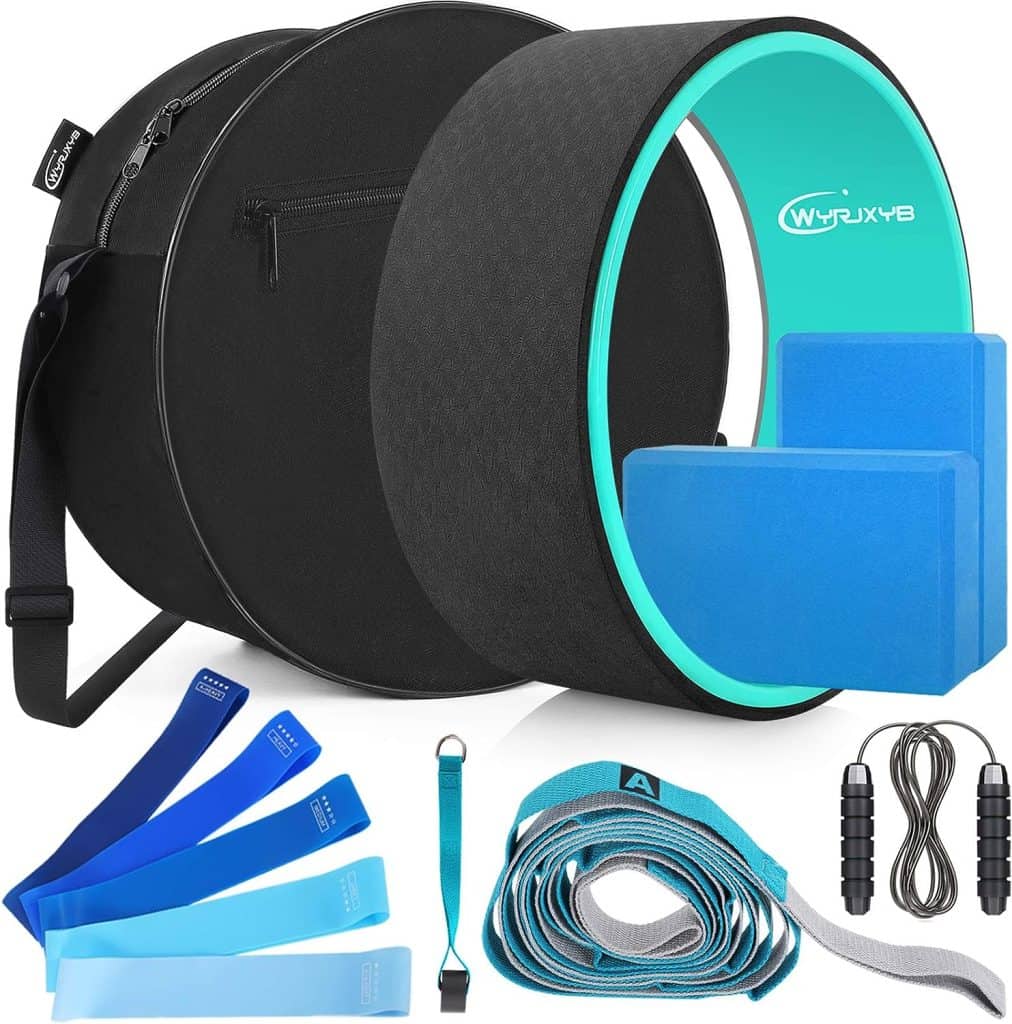Welcome to our comprehensive guide on the definition of yoga. If you’ve ever wondered what yoga truly means and how it can benefit your mind, body, and soul, you’ve come to the right place.
In this article, we will explore the various aspects of yoga, its origins, different types, and its profound impact on overall well-being. So, let’s dive in and discover the true essence of yoga!
The Origins of Yoga
Yoga, derived from the Sanskrit word “yuj,” means to unite or join. It originated in ancient India over 5,000 years ago and has since evolved into a holistic practice that encompasses physical postures, breathing exercises, meditation, and ethical principles.
The ancient sages developed yoga as a means to achieve harmony between the body, mind, and spirit.
The Physical Aspect of Yoga
When most people think of yoga, they envision various physical postures or asanas. These postures are designed to strengthen and stretch the body, improve flexibility, and enhance overall physical fitness. Yoga poses range from gentle and restorative to challenging and dynamic, catering to individuals of all fitness levels and abilities.
Regular practice of yoga asanas not only improves physical strength and flexibility but also promotes better posture, balance, and coordination. It can alleviate chronic pain, reduce the risk of injuries, and enhance athletic performance. Moreover, yoga postures help release tension and stress from the body, leaving you feeling rejuvenated and relaxed.
The Mental and Emotional Benefits of Yoga
Yoga is not just about physical exercise; it also offers numerous mental and emotional benefits. Through the practice of deep breathing, meditation, and mindfulness, yoga helps calm the mind, reduce anxiety, and improve mental clarity. It promotes self-awareness and introspection, allowing you to connect with your inner self on a deeper level.
Regular yoga practice has been shown to reduce symptoms of depression, improve sleep quality, and boost overall mental well-being. It cultivates a sense of inner peace and contentment, enabling you to navigate life’s challenges with greater resilience and equanimity.
The Spiritual Aspect of Yoga
Yoga is deeply rooted in spirituality and offers a path to self-realization and enlightenment. It encourages individuals to explore their spiritual nature and connect with a higher power or universal consciousness.
Through meditation and introspection, yoga practitioners seek to transcend the limitations of the ego and experience a sense of oneness with the universe.
While yoga is not tied to any specific religious beliefs, it embraces the concept of unity and interconnectedness. It encourages individuals to live a life of compassion, kindness, and non-violence towards oneself and others.
Yoga philosophy encompasses ethical principles known as the Yamas and Niyamas, which guide practitioners in leading a virtuous and meaningful life.
The Different Types of Yoga
Yoga is a diverse practice with various styles and approaches. Here are some of the most popular types of yoga:
- Hatha Yoga: A gentle and slow-paced style that focuses on basic postures and breathing techniques.
- Vinyasa Yoga: A dynamic and flowing style that synchronizes movement with breath.
- Ashtanga Yoga: A vigorous and physically demanding style that follows a specific sequence of postures.
- Bikram Yoga: A style practiced in a heated room, consisting of a set sequence of 26 postures.
- Iyengar Yoga: A precise and alignment-focused style that utilizes props for support.
These are just a few examples, and there are many more styles of yoga to explore. Each style offers unique benefits and caters to different preferences and goals. Whether you prefer a gentle and meditative practice or a dynamic and challenging one, there is a style of yoga that suits you.
FAQs on the Definition of Yoga
What is the ultimate goal of yoga?
The ultimate goal of yoga is self-realization and union with the divine. It is a journey of self-discovery and transformation, where individuals strive to transcend the limitations of the ego and experience a state of pure consciousness.
Can anyone practice yoga?
Absolutely! Yoga is for everyone, regardless of age, fitness level, or body type. Whether you are a beginner or an advanced practitioner, there is a style and level of yoga that suits you. It is important to listen to your body, practice with awareness, and modify poses as needed to ensure a safe and enjoyable practice.
Do I need to be flexible to practice yoga?
No, flexibility is not a prerequisite for practicing yoga. In fact, yoga can help improve flexibility over time. The focus of yoga is not on achieving extreme flexibility but rather on finding balance and harmony in the body, mind, and breath.
How often should I practice yoga?
The frequency of your yoga practice depends on your personal goals and schedule. Ideally, practicing yoga at least 2-3 times a week can yield noticeable benefits. However, even a short daily practice of 10-15 minutes can make a difference in your overall well-being.
Can yoga help with weight loss?
While yoga alone may not lead to significant weight loss, it can be a valuable tool in a holistic weight management program. Yoga promotes mindfulness, self-acceptance, and a healthy relationship with the body. It can also increase physical activity, build lean muscle mass, and improve metabolism, which can support weight loss efforts.
Conclusion
Congratulations! You now have a comprehensive understanding of the definition of yoga. It is a practice that goes beyond physical exercise, encompassing mental, emotional, and spiritual well-being. By incorporating yoga into your life, you can experience profound benefits and embark on a transformative journey of self-discovery.
Fun Fact: Did you know that the word “yoga” is mentioned in the ancient Indian text, the Rigveda, which dates back over 5,000 years? This demonstrates the enduring legacy and significance of yoga throughout history.
Originally posted 2023-07-14 13:36:16.




